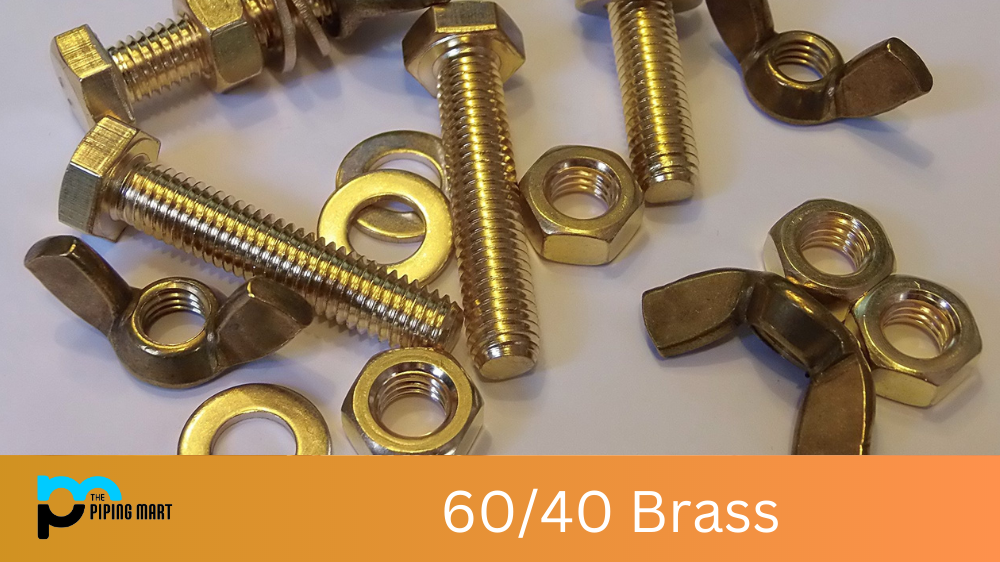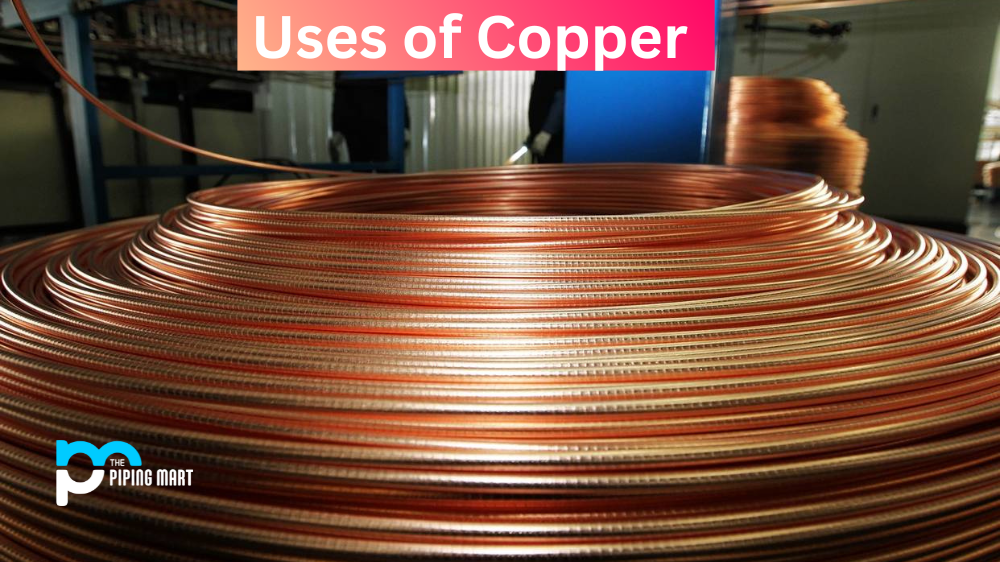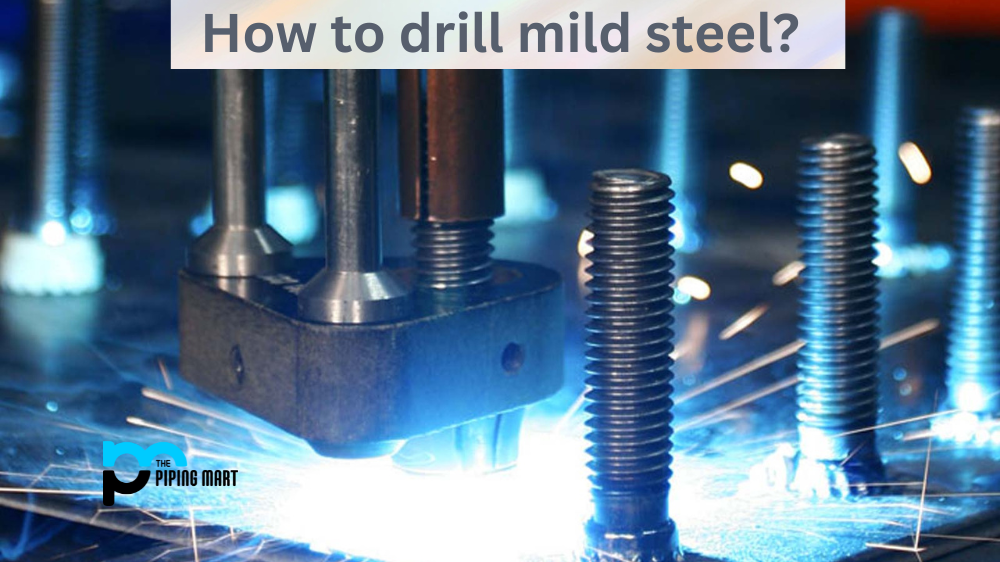Brass is a versatile alloy that is used in a wide variety of applications. It is well-known for its strength and durability, but many people don’t know that there are different brass alloys with varying compositions. One such type of brass is known as 60/40 brass, and today we will be exploring what makes this particular Composition so useful.
What Is 60/40 Brass?
60/40 brass, which has the chemical symbol C260, is an alpha-beta alloy made up primarily of copper (60%) and zinc (40%). It also contains trace amounts of lead and tin, which help to improve machinability. This type of brass was developed in the early 20th century in order to address the machining issues associated with other brass alloys. Adding lead and tin helps reduce friction during the machining process, making it much easier to cut and shape.
60/40 Brass Composition
60/40 brass comprises two main elements – copper (Cu) and zinc (Zn). The ratio between these two components determines the properties of the metal, making it harder or softer depending on how much zinc is present. Copper gives the alloy its strength, while zinc makes it more ductile (easier to shape without breaking). This makes 60/40 brass ideal for casting into complex shapes that can withstand pressure and wear over time.
Other Components in 60/40 Brass
In addition to copper and zinc, other metals are in smaller amounts within this alloy. These trace elements are added to enhance certain qualities that would otherwise be impossible with just two metals alone. For example, lead (Pb) improves machinability by reducing friction when cutting or drilling the metal, while tin (Sn) improves resistance to fatigue cracking during high-stress applications. In some cases, other elements like manganese (Mn) and nickel (Ni) are also added for improved strength or resistance to corrosion.
60/40 Brass Uses
The combination of strength and malleability makes 60/40 brass ideal for various uses. This type of brass can be found in plumbing fixtures such as faucets and valves, electrical components like switches and connectors, industrial machinery parts, door hardware, marine hardware, artistic sculptures, architectural accents, jewelry components, musical instruments, furniture trim pieces—the list goes on! In short: if you need something strong yet malleable enough to be shaped into a desired form or design element, 60/40 brass is likely the perfect material for your needs.
Conclusion
60/40 brass has been around for more than 100 years due to its superior strength and machinability compared to other brass alloys. This versatile material can be used for everything from plumbing fixtures to musical instruments — proof that when it comes to finding just the suitable Composition for your project or application needs, you can’t go wrong with 60/40 brass! Whether you’re an experienced machinist or hobbyist looking for a reliable metal alloy or someone who wants a durable material that looks great, too — this might just be it!

Pipingmart is a B2B portal that specializes in metal, industrial and piping items. Additionally, we share the latest information and information about materials, products and various types of grades to assist businesses that are involved in this business.




